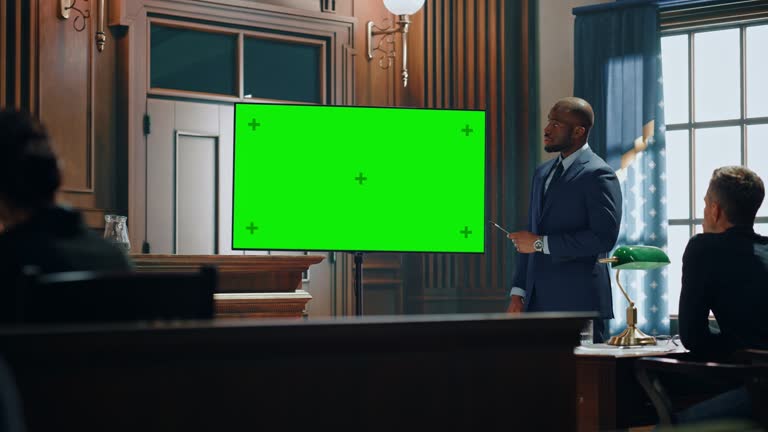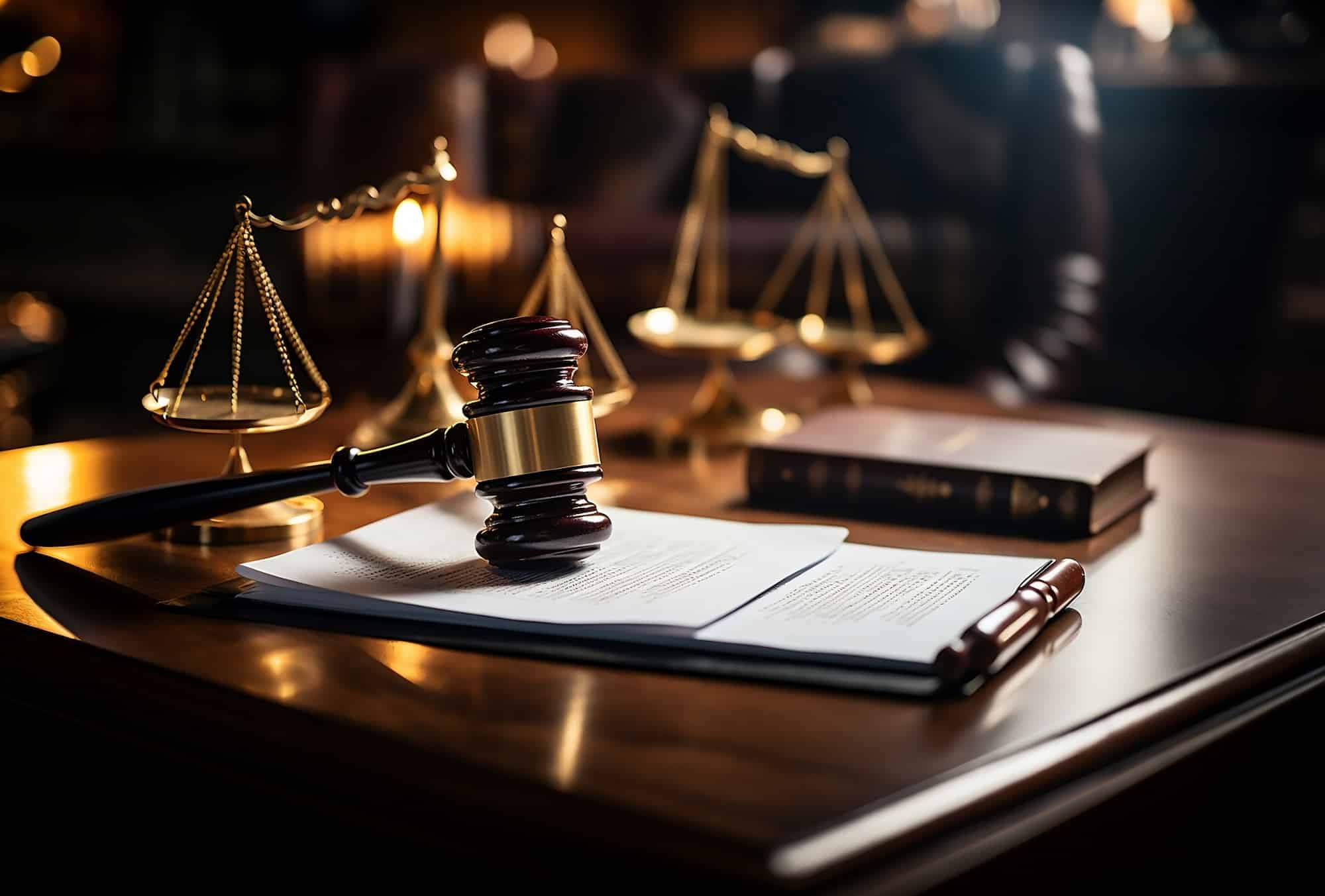Just how to Improve Your Situation with Engaging Trial Presentations: Specialist Tips for Attorney
Just how to Improve Your Situation with Engaging Trial Presentations: Specialist Tips for Attorney
Blog Article
Navigating the Intricacies of Trial Presentations: Tips for Seamless Distribution and Engaging Disagreements
In the world of legal process, the art of test presentation stands as a crucial determinant of success. As lawyers browse the detailed web of courtroom dynamics, the capability to flawlessly supply arguments and evidence while captivating the jury's focus comes to be vital. The intricacies intrinsic in trial discussions need a delicate balance of technique, skill, and skill. By refining methods that make sure a sleek shipment and crafting engaging disagreements that resonate with the audience, attorneys can significantly boost their campaigning for. In a world where persuasion preponderates, understanding the complexities of trial discussions is not merely a choice but a requirement for those looking for to prevail in the court.

Comprehending Test Purposes
To efficiently navigate a test, it is crucial to have a clear understanding of the goals that require to be accomplished. Prior to stepping right into the court, lawful teams have to specify their objectives and desired results. These purposes function as leading concepts throughout the trial, shaping methods and affecting decision-making procedures.
Recognizing trial purposes includes a thorough evaluation of the instance, legal precedents, and the customer's ideal rate of interests. Trial Presentations. It needs a precise assessment of the truths, recognizing essential issues, and preparing for possible difficulties. By setting measurable and specific objectives, lawyers can tailor their arguments and discussions to straighten with the preferred results
Moreover, a clear grasp of trial purposes makes it possible for legal groups to prioritize proof, witnesses, and lawful debates properly. It allows for the development of a coherent story that resonates with the court and jury, strengthening the overall case discussion.

Organizing Proof Efficiently
Having a clear understanding of trial purposes lays the foundation for organizing proof successfully in lawful proceedings - Trial Presentations. By lining up the presentation of evidence with the wanted outcomes of the trial, legal teams can enhance their arguments and boost their persuasiveness. One critical element of arranging evidence is classification. Organizing evidence based on motifs or significance to particular legal elements can assist streamline the discussion and make intricate details much more digestible for the judge or court.
One more key aspect in organizing evidence properly is developing a sensible flow. Providing evidence in a meaningful and consecutive fashion can assist build an engaging narrative that sustains the lawful arguments being made. Additionally, using aesthetic help such as timelines, charts, or graphs can further enhance the organization of proof and assist in clearing up complex partnerships or sequences of events.
In addition, ensuring that all proof offered is relevant and acceptable to the situation is crucial. Inadmissible or pointless proof can detract from the toughness of the argument and potentially damage the reliability visit the site of the providing party. A meticulous review and selection procedure should be undertaken to consist of only the most legitimately audio and impactful proof check these guys out in the test discussion.
Crafting Influential Narratives
Crafting compelling stories plays a crucial duty in presenting convincing debates during lawful proceedings. A well-crafted story has the power to mesmerize the target market, evoke feelings, and ultimately persuade the decision in favor of the here and now event. When creating a story for a trial discussion, it is important to develop a clear storyline that highlights bottom lines and attaches them in a coherent manner. Begin by detailing the realities of the situation in an engaging manner, making sure that the sequence of events is simple to follow. Introduce personalities efficiently, offering background details that aids the audience understand their activities and inspirations. Additionally, incorporating dazzling summaries and interesting language can bring the narrative to life, making it much more unforgettable for the court and jury. By weaving together evidence, testimony, and lawful arguments right into a cohesive and influential narrative, attorneys can properly promote for their customers and raise the chance of a beneficial result in the court.
Understanding Visual Help
Efficient use visual aids is crucial to boosting the impact and quality of trial discussions. Aesthetic help, when used tactically, have the power to streamline complicated info, enhance bottom lines, and leave a long lasting perception on the discretionary. To master visual aids in trial presentations, it is crucial to make certain that they are clear, concise, and pertinent to the arguments being made.
When including aesthetic aids, such as charts, pictures, timelines, or charts, right into a test presentation, it is vital to keep them aesthetically appealing yet expert. The visuals must match the verbal arguments, supplying a visual representation of the details being discussed without overwhelming the target market important source with unnecessary details.
In addition, exercising with the visual help in advance is crucial to guarantee a seamless distribution throughout the test. Familiarizing oneself with the web content, transitions, and timings of each visual help can assist preserve the flow of the discussion and stop technical problems that might develop.
Supplying Impactful Closing Arguments
An engaging closing disagreement serves as the end result of a test discussion, encapsulating the core narrative and convincing the court and court towards a desirable decision. Begin by outlining the primary arguments that support your client's placement, highlighting why the proof presented throughout the trial sustains your story.
In addition, including sob story can further enhance your closing debate. By humanizing the situation and attaching on an individual degree with the decision-makers, you can evoke empathy and understanding, affecting their perception of the realities presented. In addition, stating the legal requirements that have to be fulfilled for a beneficial ruling can strengthen the credibility of your setting. Inevitably, a well-crafted closing debate should leave an enduring perception, engaging the discretionary to rule in your client's favor.
Final Thought
Finally, mastering test presentations entails recognizing goals, organizing proof, crafting narratives, making use of visual help, and providing impactful closing arguments. By applying these techniques effectively, legal representatives can present their instance perfectly and make engaging arguments in the court room. It is important to browse the complexities of trial discussions with accuracy and skill to attain success in lawful proceedings.
By lining up the discussion of proof with the desired results of the test, lawful groups can strengthen their disagreements and boost their persuasiveness (Trial Presentations). To understand visual aids in trial presentations, it is essential to ensure that they are clear, succinct, and pertinent to the debates being made
A compelling closing argument serves as the culmination of a test presentation, encapsulating the core narrative and persuading the judge and court towards a desirable decision. Begin by describing the primary disagreements that sustain your customer's placement, stressing why the proof provided throughout the trial supports your story.In conclusion, understanding trial presentations includes comprehending objectives, arranging proof, crafting narratives, making use of aesthetic help, and providing impactful closing disagreements.
Report this page